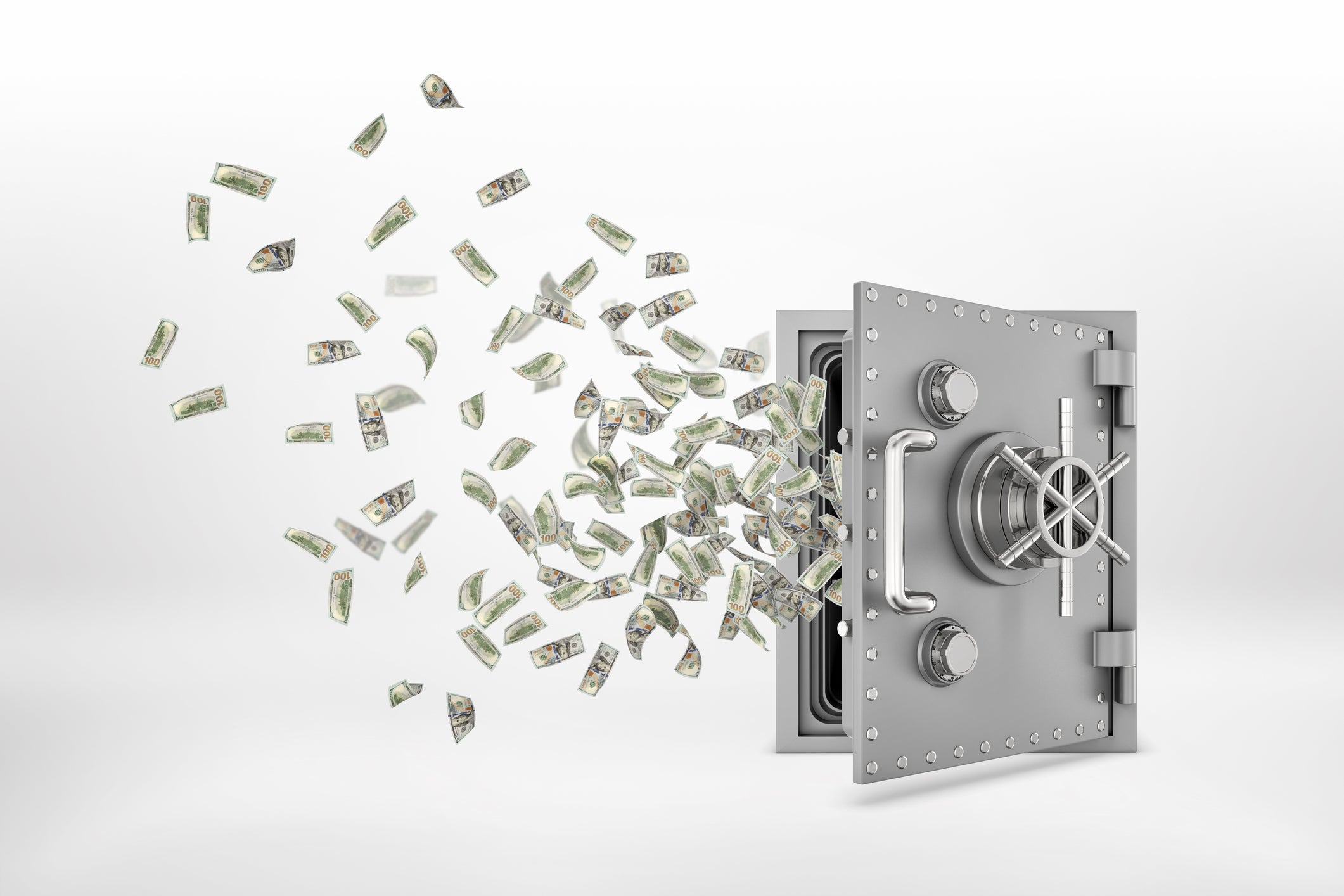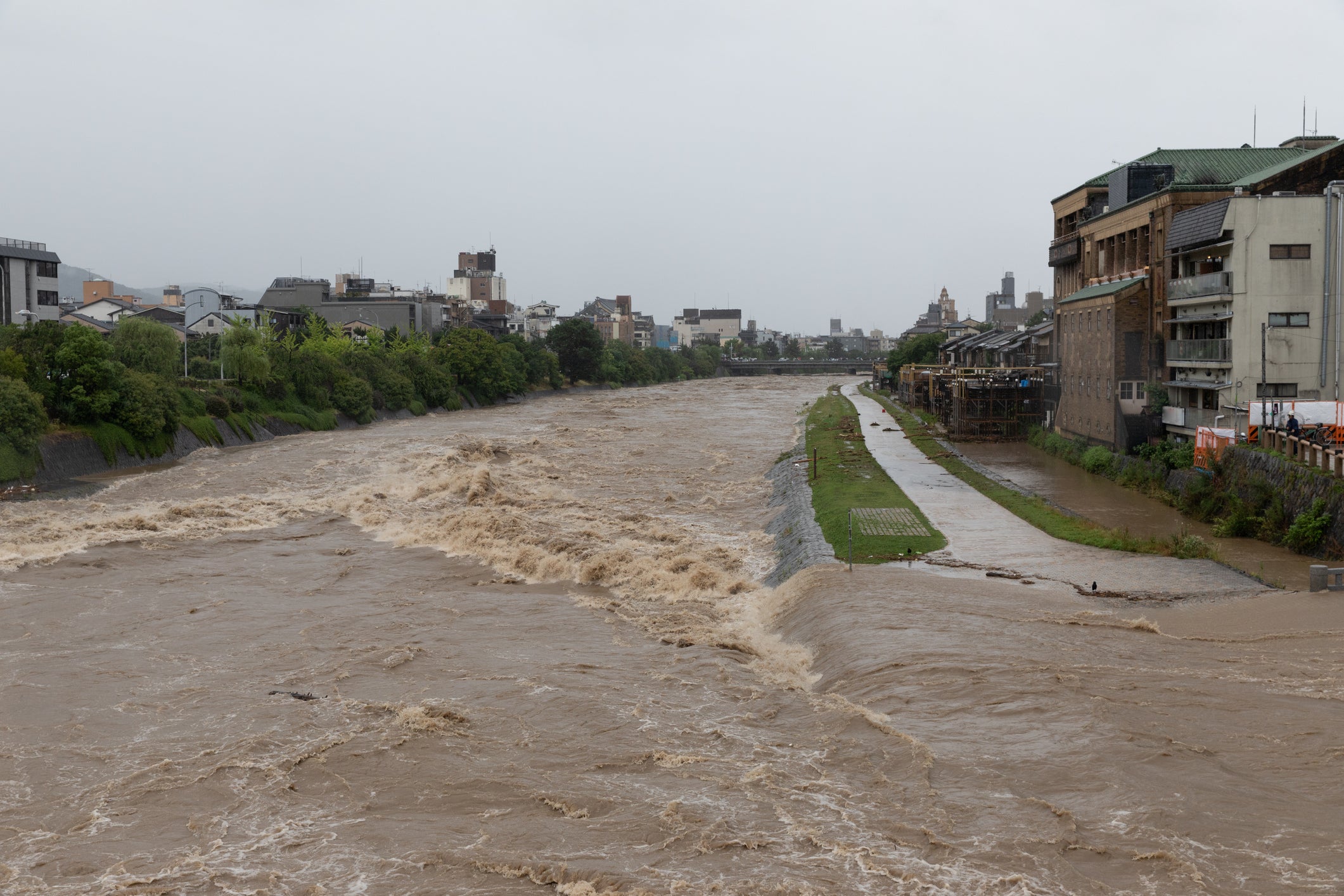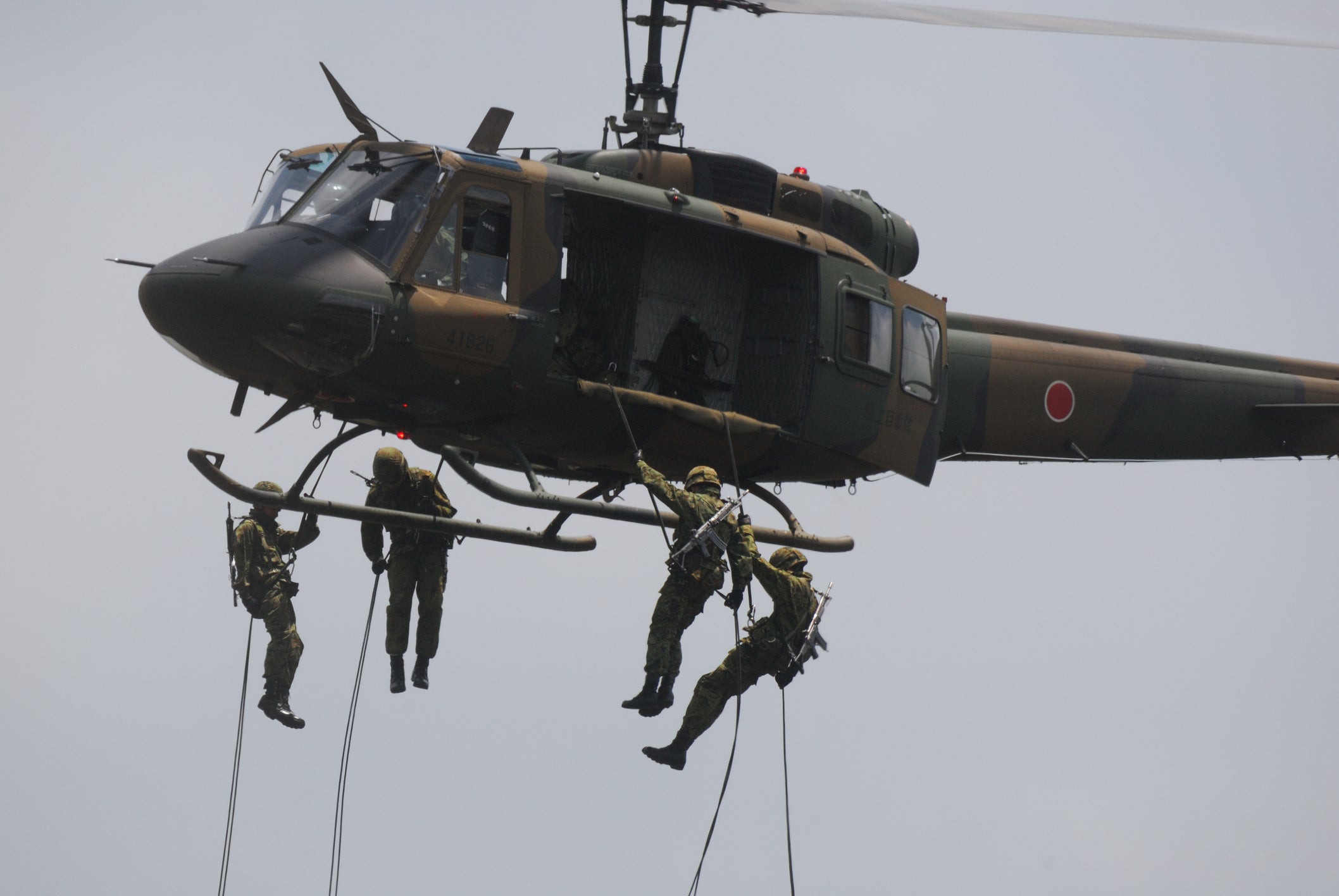How much emergency food should I store?
table of contents
What is emergency food?Importance of emergency food
How to Manage Emergency FoodsSummary of Types of Emergency Foods
What is emergency food
Emergency food is food for when normal food supplies become difficult due to emergencies such as disasters and conflicts. They do not need to be cooked and can be eaten as is, or can be eaten simply by heating or adding water, and they have excellent preservability.
Importance of emergency food
prepare for emergencies
In the event of a disaster or emergency, transportation and supply networks may be disrupted, making it difficult to obtain food and water. An emergency food stockpile provides a means of ensuring food for such situations.
long-term self-sufficiency
Self-sufficient food is needed for days to weeks in the event of a disaster that delays outside assistance or requires evacuation. An emergency food stockpile provides a source of adequate nutrition for an extended period of time.
Nutritional balance and shelf life
A well-chosen emergency food contains the necessary nutrients in a well-balanced manner. A well-balanced diet is important during a disaster, as stress and difficult situations continue. Also, emergency food is often stored for a long time, so it is necessary to choose foods that can be stored for a long time.
Keep your family and yourself safe
Stockpiling emergency food is an important means of ensuring the safety of your family and yourself. With enough food, you can avoid going out or traveling to dangerous situations in the event of a disaster. In addition, when food is in short supply, health risks from hunger and malnutrition may increase.
psychological comfort
Stockpiling emergency food is also a factor that brings a sense of psychological security. In the face of disasters and emergencies, you no longer have to worry about food security, thus reducing your mental burden.
Stockpile of emergency food
Think about it in terms of qualitative and quantitative aspects.
qualitative aspect
Family structure
The amount of emergency food to stockpile varies depending on the number of family members and age composition. It is necessary to consider whether the food to be stockpiled can ensure that all members of the family are properly nourished.
Dietary preferences or special dietary restrictions
The food you stockpile should be chosen according to your family's dietary preferences and special dietary restrictions. If you have allergies, religious restrictions, or specific diets, you should stockpile accordingly.
Evacuation plans and local disaster risk
The expected duration of evacuation and local disaster risk should also be taken into account. If you expect to be evacuated for a longer period of time or in areas of higher risk, you should stockpile more emergency food.
quantitative aspect
Days of food stockpile
Experts and local disaster preparedness agencies recommend stockpiling food for at least 72 hours ( 3 days). Some countries and regions may recommend longer stockpiles.
food calorie intake
The food you stockpile should be chosen with your family's energy needs in mind. A general guideline is about 2,000 to 2,500 calories per day .
Drinking water stockpile
The emergency food supply also includes drinking water. Experts recommend stockpiling about two liters of drinking water per person per day.
How to manage emergency food
Deadline confirmation
Check the expiration date for each emergency food item on a regular basis. For foods that are about to expire, think about ways to consume them, such as incorporating them into your daily diet or donating them.
rotation
Introduce a rotation system to consume foods that are close to expiring . As you stockpile new emergency food, put your existing food in the front and add it in the back so you always consume the old food first.
quality check
Check the quality of emergency food packages for damage, broken seals, unusual odors or discoloration. If there is any quality problem, it should be replaced immediately.
drinking water replacement
Drinking water should also be changed regularly. If you're stockpiling in a dedicated storage container or plastic bottle, change the water regularly to keep it fresh. If it is susceptible to external factors like hot water, more frequent replacement is required.
Renewal and replenishment
If the emergency food is about to expire or if consumables (batteries, candles, lighters, etc.) are used, it is necessary to replenish them regularly. We also review our stockpile and add or update necessary items when family composition or special needs change.
This stockpile management method is called the rolling stock method.
rolling stock method
As a procedure,
(1) Initial stockpiles
First, stockpile the necessary emergency food and consumables in appropriate quantities. At this point, all items have the same expiration date.
② Consumption
Use some of your stockpile for daily meals and consumables at home. When using, try to consume the oldest inventory first.
③ Add
After using the stockpile, replenish the shortage with new inventory. New inventory is added to the end of existing inventory.
regular updates
Regularly inspect the stockpile of emergency food and consumables, and replace those that are approaching their expiration date or that have quality problems. It also replenishes as needed to maintain adequate stockpiles.
The advantage of the rolling stock method is that it ensures the freshness and quality of the stockpile. Old inventory is used frequently and new inventory is added, minimizing deterioration and expiration of stockpiles.
Type of emergency food
Dried and canned food
Dry food and canned food can be stored for a long time and are suitable for stockpiling. Dried foods include dried fruits, dried noodles, instant soups, and dried meats. Canned foods include canned meats, fish, vegetables, fruits, and soups. Stockpiling a variety of varieties is recommended to ensure nutritional value.
biscuits or crackers
Biscuits and crackers are good emergency food to stockpile. It can be stored for a long time and also functions as an energy source. It is important to choose nutritious biscuits and crackers that are grain-based.
Canned beverages and dairy products
In times of disaster, water may be in short supply, so canned beverages are useful. Canned juices, sports drinks, coffee, and tea can quench your thirst. In addition, canned dairy products (such as condensed milk) are highly nutritious and versatile.
high protein foods
Protein intake is important during a disaster. Emergency diets rich in protein include canned meat and fish, dried beans, nuts, and protein bars. Because protein plays an important role in repairing the body and as a source of energy, it is recommended to stockpile it to ensure a balanced diet.
bagged dry food
Dry food in bags is also good for stockpiling. Examples include dried fruit, beef jerky, and dried soup mixes. It is lightweight, easy to carry, and can be used as an energy source.
summary
Stockpiling emergency food is important in preparation for disasters and emergencies. It is recommended to choose foods that can be stored for a long time and have high nutritional value. In terms of quantitative stockpiling, the appropriate amount is planned by considering the number of family members, stockpiling period, calorie intake, and amount of drinking water stockpiled. Regular control of emergency food is important to maintain quality and freshness. Checking deadlines, implementing rotation systems, checking quality, replacing drinking water, regular renewal and replenishment, etc. are common control methods. The rolling stock method is a method of using old stock to add new stock to ensure stockpile rotation. Maintain quality and freshness by consuming from older stock. Types of emergency food include dry and canned foods, biscuits and crackers, canned beverages and dairy products, high-protein foods, and bagged dry foods. Appropriate foods are selected while considering nutritional balance and individual dietary restrictions.
The purpose of stockpiling and management is to ensure proper nutrition in the event of a disaster, and to protect the lives and safety of one's family and oneself. It requires regular inspection and replacement, necessary replenishment and proper food selection.








